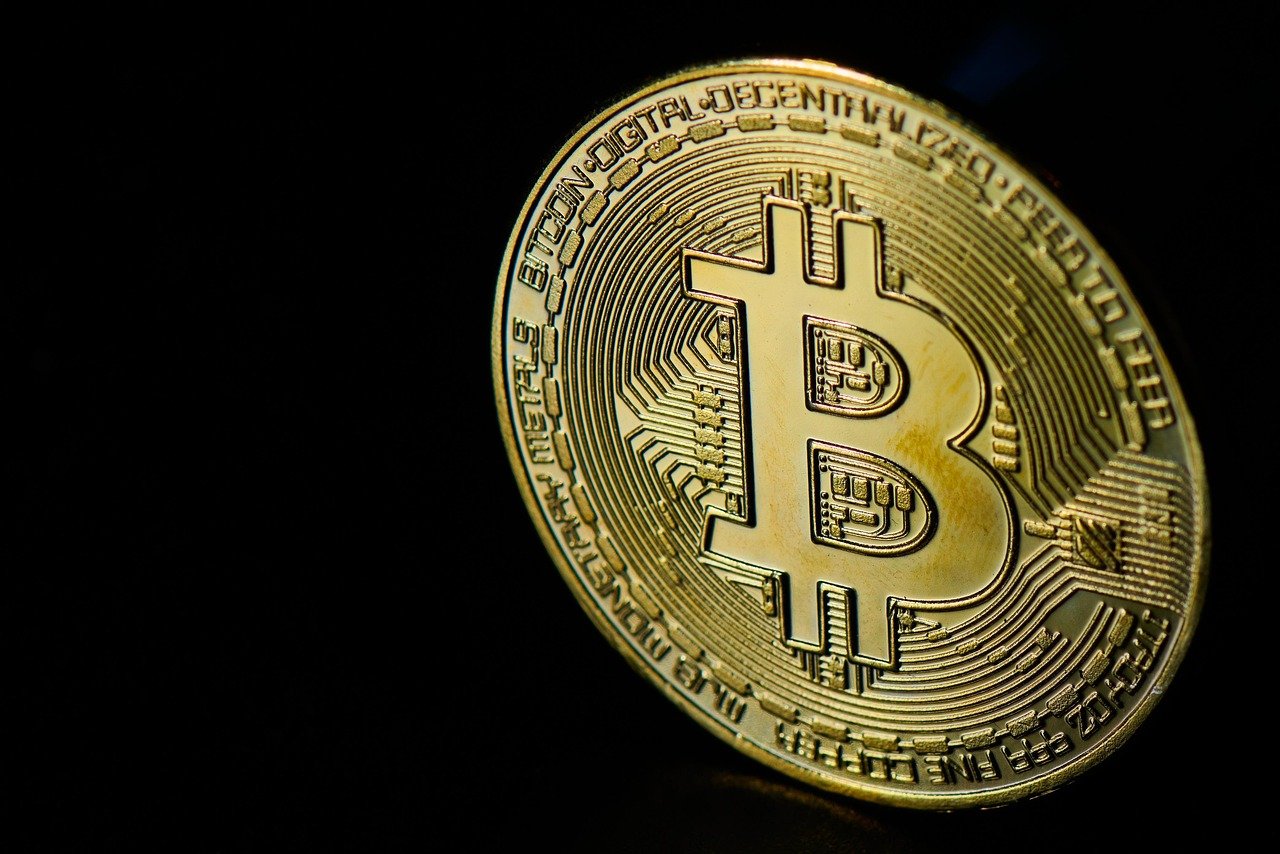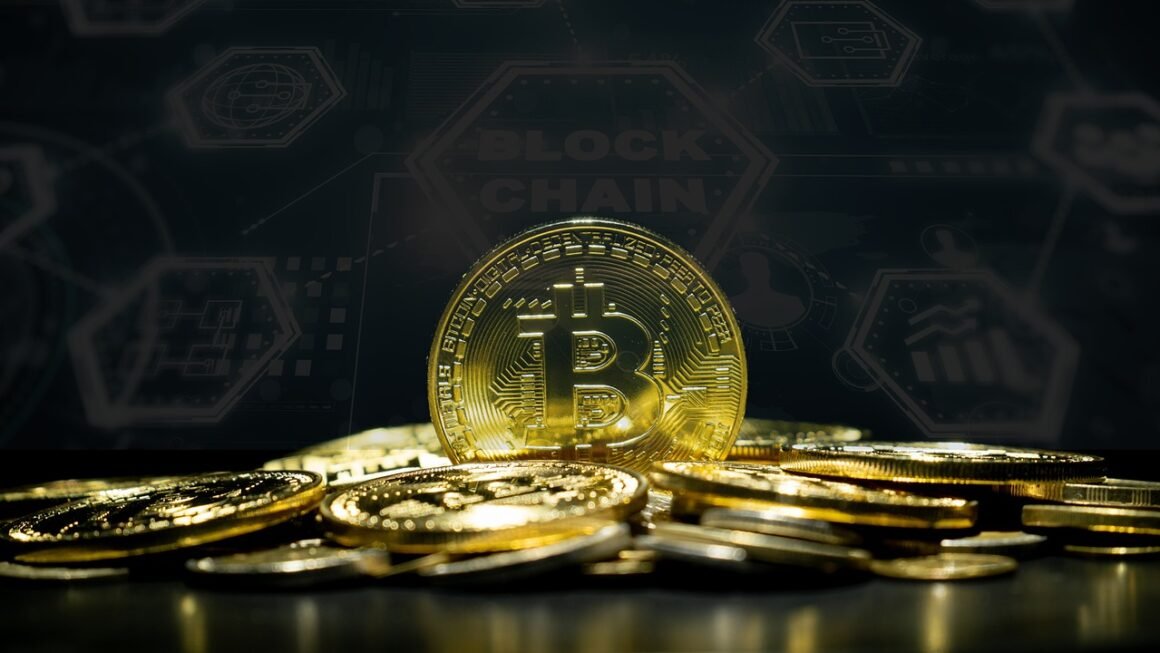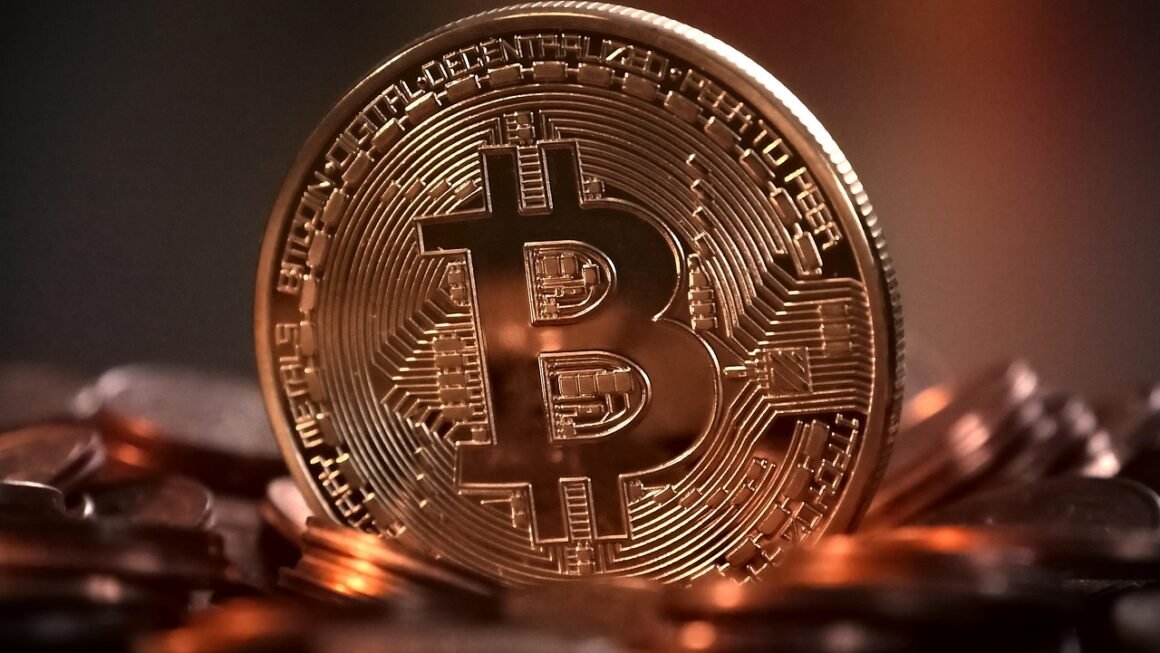Deflationary tokens have emerged as a fascinating and sometimes controversial concept within the cryptocurrency space. Unlike traditional assets that can be inflated by increasing the supply, deflationary tokens are designed to decrease their total supply over time, theoretically increasing scarcity and value. This unique mechanism has attracted interest from investors and developers alike, leading to a diverse range of implementations and potential use cases.
What are Deflationary Tokens?
The Basics of Deflationary Mechanisms
Deflationary tokens utilize smart contracts to automatically reduce the circulating supply of the token. This is typically achieved through mechanisms like:
- Burning: Permanently removing tokens from circulation by sending them to an unspendable address (often called a “burn address”).
- Transaction Fees: Implementing a fee on each transaction, a portion of which is then burned or redistributed.
- Buybacks: Using a portion of transaction fees or other revenue to buy back tokens from the market and then burn them.
The underlying principle is simple: as the token supply decreases, and if demand remains constant or increases, the value of each remaining token should theoretically increase.
Distinguishing from Inflationary Tokens
The opposite of deflationary tokens are inflationary tokens. Inflationary tokens, like many traditional fiat currencies, are designed with a constantly increasing supply. Bitcoin, while not strictly inflationary in the long term due to its hard cap, has a block reward that introduces new coins into circulation, making it inflationary until all 21 million coins are mined. Deflationary tokens aim for the opposite – scarcity through a shrinking supply.
Key Metrics to Consider
When evaluating a deflationary token, consider these metrics:
- Initial Supply: The starting number of tokens in circulation.
- Burn Rate: The percentage of tokens burned per transaction or over a specific period. A higher burn rate doesn’t automatically mean better; sustainability is crucial.
- Total Supply Cap (if any): Does the token have a limit to how much it can burn? Some tokens aim for a specific target supply.
- Distribution Mechanism: How are transaction fees distributed (burned, redistributed to holders, or used for development)?
- Market Capitalization: The total value of all tokens in circulation, calculated as the price per token multiplied by the circulating supply.
- Trading Volume: A high trading volume indicates strong interest and liquidity.
Benefits of Deflationary Tokens
Potential for Price Appreciation
The most cited benefit is the potential for price appreciation due to the decreasing supply. If demand for the token remains consistent or grows while the supply diminishes, basic economics suggests that the price per token should increase. This scarcity-driven model is attractive to investors seeking long-term growth.
Incentivizing Holding (HODLing)
The deflationary mechanism can incentivize long-term holding (often referred to as “HODLing”). As the supply decreases, holders may be less inclined to sell, anticipating future price increases. This can lead to reduced volatility and greater price stability over time.
Reward Redistribution to Holders
Many deflationary tokens redistribute a portion of the transaction fees to existing token holders. This provides a passive income stream simply for holding the tokens, further incentivizing long-term participation in the ecosystem.
Addressing Inflation Concerns
In an era of rising inflation in traditional markets, deflationary tokens offer a potential hedge against the erosion of purchasing power. By actively reducing the supply, they aim to maintain or increase the value of each token, potentially offsetting the impact of inflationary pressures in fiat currencies.
Risks and Challenges
The Death Spiral Phenomenon
One of the significant risks associated with deflationary tokens is the potential for a “death spiral.” If the price of the token drops significantly, users may be less inclined to transact, leading to lower transaction volumes. This, in turn, reduces the amount of tokens burned (or redistributed), further diminishing the appeal of the token and potentially exacerbating the price decline. This creates a negative feedback loop.
Dependence on Transaction Volume
The effectiveness of a deflationary mechanism is heavily reliant on consistent transaction volume. If the volume dries up, the burn rate will slow down considerably, reducing the impact of the deflationary pressure. Tokens with low utility or adoption are more susceptible to this issue.
Token Utility and Adoption
Beyond the deflationary mechanics, the true value of a token hinges on its utility and adoption. A token with no real-world use case or limited adoption will likely struggle to maintain its value, regardless of its deflationary properties. Investors should always prioritize projects with tangible applications and a strong community.
Smart Contract Vulnerabilities
As with any cryptocurrency, deflationary tokens are vulnerable to smart contract exploits. A flaw in the code could allow attackers to drain the token supply or manipulate the burning mechanism. Thorough audits by reputable firms are essential for mitigating this risk.
Examples of Deflationary Tokens
SafeMoon
SafeMoon gained significant attention in early 2021 with its innovative deflationary model. It charged a 10% fee on each transaction, with 5% redistributed to holders and 5% burned. While it experienced initial success, SafeMoon’s reliance on transaction volume and concerns about its long-term sustainability have led to significant price volatility.
Shiba Inu (SHIB)
While not purely deflationary through transaction fees, Shiba Inu has implemented mechanisms to reduce its supply, including burning large amounts of tokens through dedicated burn wallets. The team has also explored partnerships and initiatives to further reduce the circulating supply over time.
Binance Coin (BNB)
Binance Coin employs a quarterly coin burn mechanism, where a portion of BNB is burned based on Binance exchange’s trading volume. This makes BNB deflationary in nature. Binance also periodically burns BNB from the team allocation based on specific milestones. The integration with a major exchange and its vast ecosystem provide strong utility and demand for BNB.
Key Takeaways from these Examples
- Utility Matters: Successful deflationary tokens often have strong utility within a larger ecosystem.
- Community is Crucial: A vibrant and engaged community can drive adoption and maintain transaction volume.
- Sustainability is Key: Deflationary mechanisms must be sustainable in the long term, even during periods of low transaction volume.
How to Evaluate a Deflationary Token
Research the Team and Project
Investigate the development team’s background, experience, and reputation. Look for transparency, active communication, and a clear roadmap for the project’s future. Evaluate the legitimacy of the project. Is it a meme coin, or does it actually solve a problem or offer a unique value proposition?
Analyze the Whitepaper and Smart Contract
Carefully review the project’s whitepaper to understand its goals, technology, and tokenomics. Examine the smart contract code to ensure it is secure, transparent, and free from vulnerabilities. Look for independent audits by reputable firms.
Assess the Tokenomics
Understand the token’s supply, burn rate, distribution mechanism, and any other relevant economic factors. Analyze how these factors will impact the token’s value over time. Consider the potential for a “death spiral” and how the project aims to mitigate this risk.
Evaluate the Community and Adoption
Assess the size and engagement of the token’s community. Look for active participation on social media, forums, and other platforms. Evaluate the token’s adoption rate and its potential for future growth.
Conclusion
Deflationary tokens present an interesting approach to tokenomics, offering the potential for price appreciation and incentivizing long-term holding. However, they also come with significant risks, including the potential for a “death spiral” and dependence on transaction volume. Before investing in a deflationary token, it’s crucial to conduct thorough research, understand the underlying mechanisms, and assess the project’s utility, adoption, and community support. Like any investment in the cryptocurrency space, caution and due diligence are paramount.



